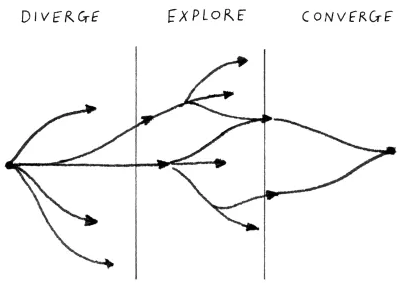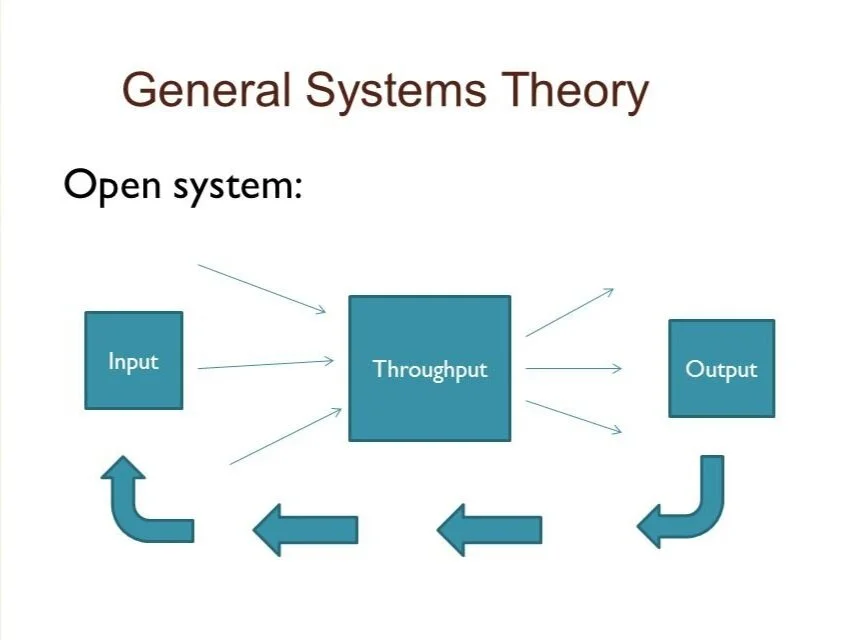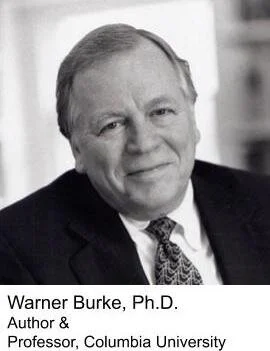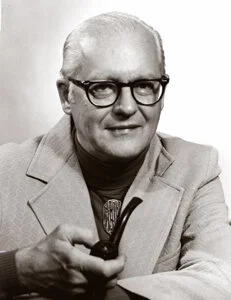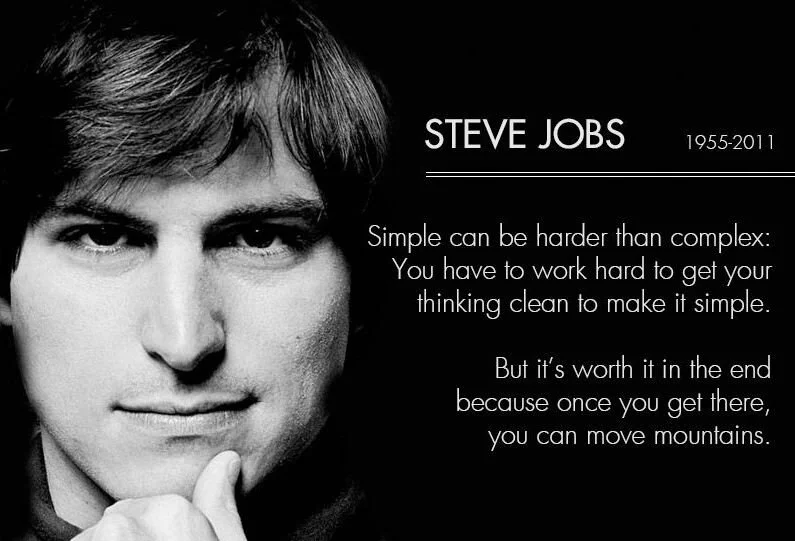Have you ever…
… found yourself presenting online, worried that your audience thinks they are in just another boring webinar?
… struggled to facilitate a session that was dominated by one or two participants, who loved hearing themselves talk, but you’re trying to bring in other contributors?
… been daunted by the idea of planning a webinar or work session for several hundred participants?
We want to encourage you to design for more, don’t design for less! Because, people support that which they helped create - and what they create is always better than if they weren’t there. We believe a most meaningful way to engage groups large and small is to leverage virtual breakout rooms [VBRs] that engage your meeting participants and give each of them a voice and opportunity to contribute.
Read More
